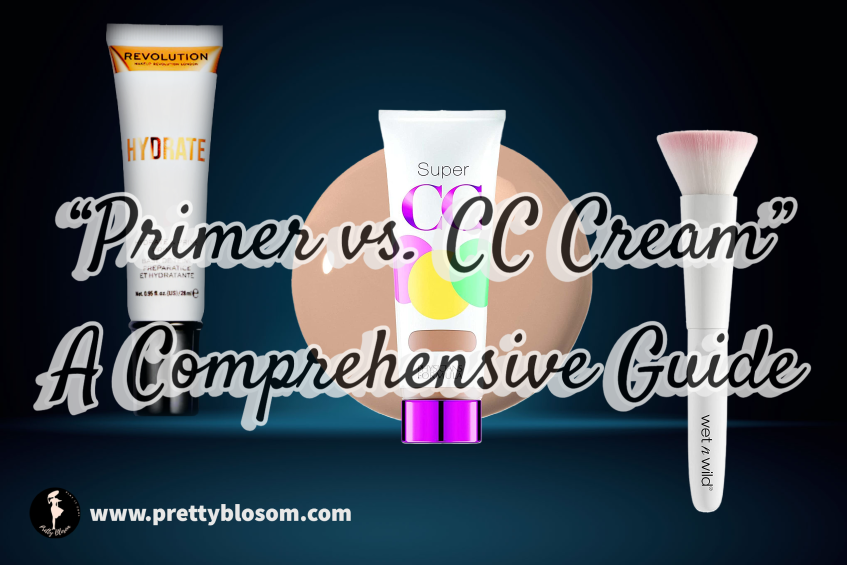As a makeup enthusiast, I understand the importance of finding the right products to achieve a flawless complexion. Two of the most sought-after makeup products that can help even out your skin tone are primers and CC creams. Although they may appear similar, their formulas and purposes are actually quite distinct. Join me in this article as we explore the key differences between primer and CC cream and discover which one is best suited for your unique skin.
Before we delve into the details, I want to disclose that this post contains affiliate links. Now, let’s get started!
Primer: Creating a Smooth Base
Let’s begin by understanding what primer is and how it contributes to your makeup routine. A primer is a crucial step applied before the foundation. Its primary purpose is to create a smooth base, allowing for better makeup application. By evening out your skin tone and minimizing imperfections, a primer sets the stage for flawless makeup that lasts all day without clumping.
Primers typically come in various types, each catering to specific skin concerns. For instance, silicone-based primers are recommended for those with textured or mature skin, as they effectively smooth out the skin’s surface.

On the other hand, water-based primers are ideal for individuals with dry skin, as they provide hydration and prevent makeup from appearing flaky.
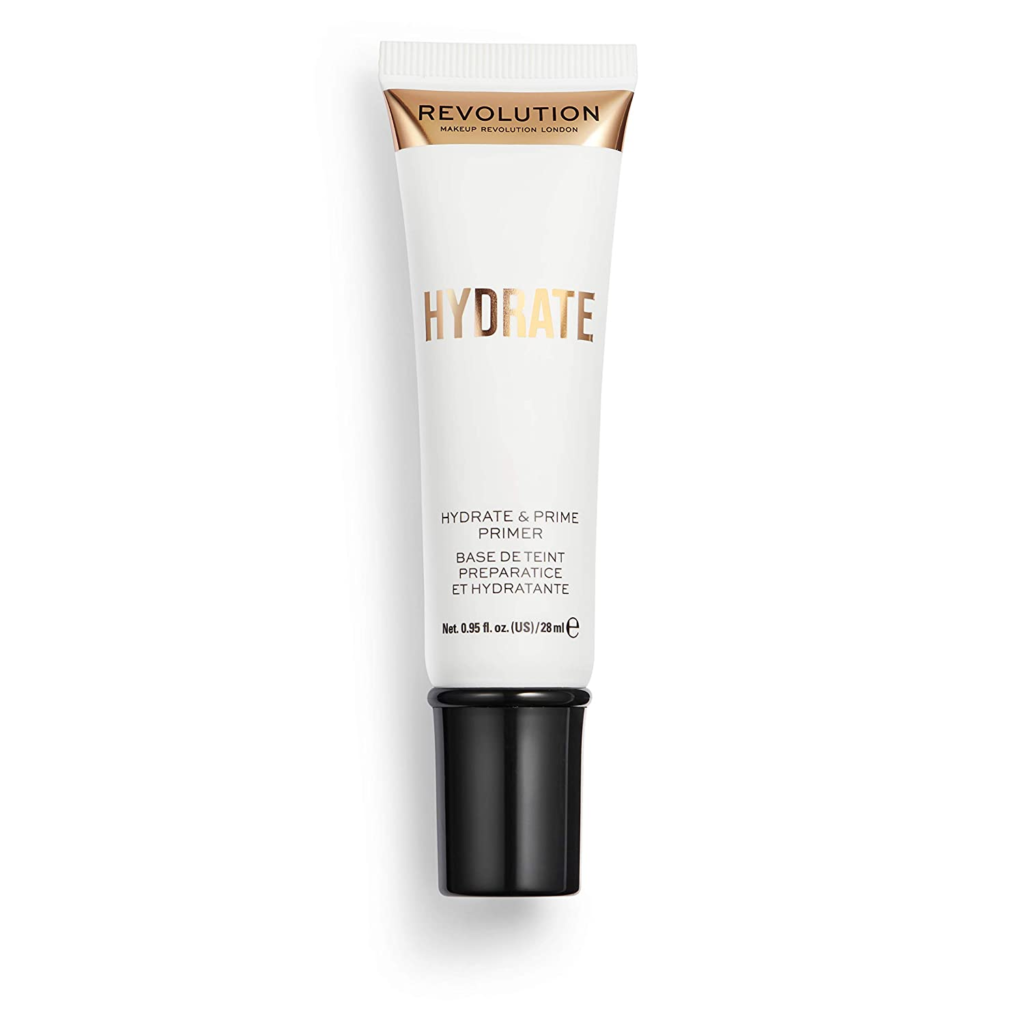
Additionally, mattifying primers are great for absorbing excess oil and maintaining a shine-free complexion throughout the day. Lastly, color-correcting primers work wonders for reducing redness, rosacea, and hyperpigmentation.
It’s important to note that while primers offer numerous benefits, they cannot replace moisturizers. Instead, they work alongside moisturizers to facilitate easier makeup application and prevent the foundation from settling into fine lines or creasing.
Do You Need a Primer?
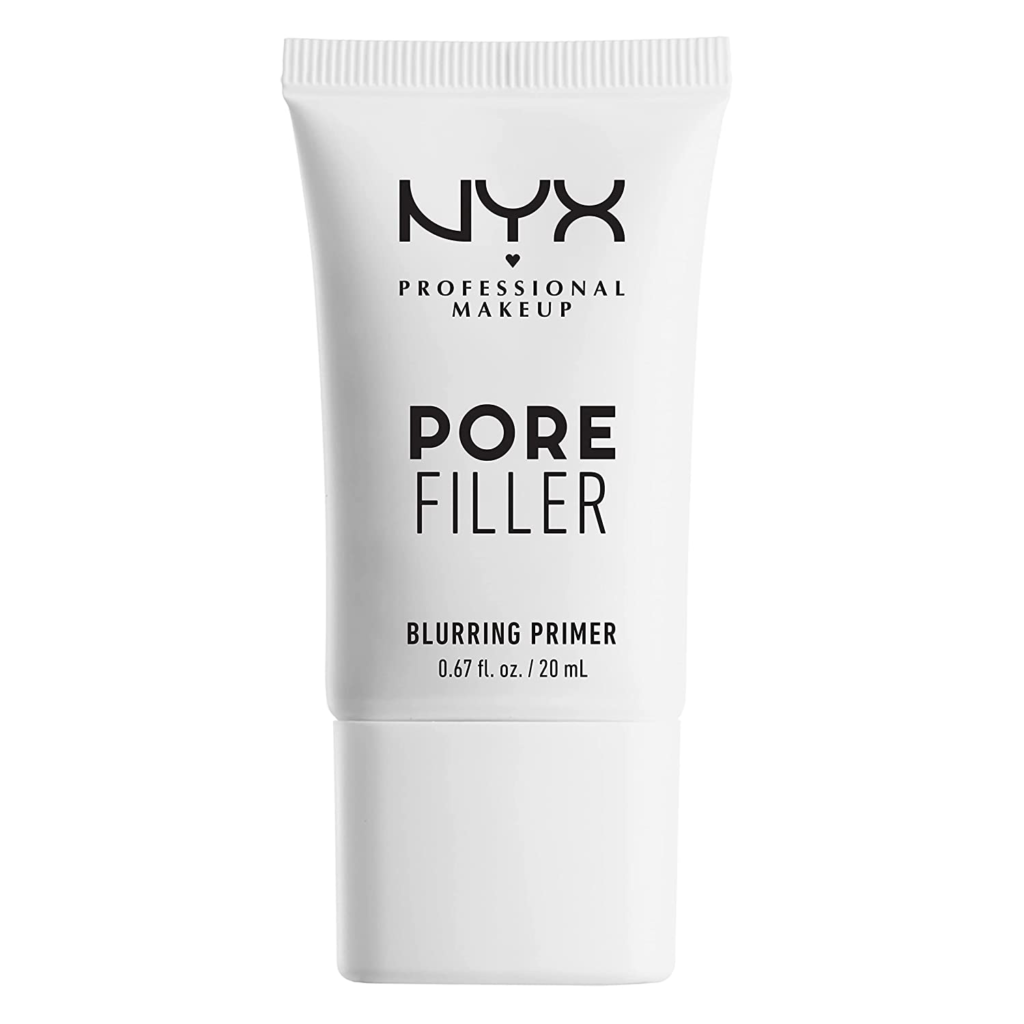
The decision to use a primer ultimately depends on your skin type and desired makeup look. If your makeup stays intact without separating, a primer may not be necessary for you. However, some people find that using primer results in smoother makeup application. Those with oily skin may benefit from primers as they help control shine throughout the day. If you have dry skin, using a moisturizing primer can enhance the evenness of your makeup application and extend its longevity.
Applying Primer: Step-by-Step Guide

Now that we understand the purpose and benefits of using a primer, let’s dive into how to apply it correctly. Start by cleansing your face with a gentle cleanser, then apply a suitable sunscreen to protect your skin from harmful UV rays. Afterward, take a small amount of primer and apply it using your clean hands. Target problem areas such as the T-zone, nose, cheeks, and forehead. You can even use multiple face primers to address different skin concerns. Allow the primer to dry for approximately two minutes before applying your foundation. Alternatively, you can achieve a poreless look by applying some primers on top of your foundation or mixing your primer with your foundation for easier application.
Understanding CC Creams: The All-In-One Solution
Now, let’s shift our focus to CC creams. CC stands for color-correcting, and these creams are specifically designed to reduce redness and provide light to medium coverage while offering skincare benefits.
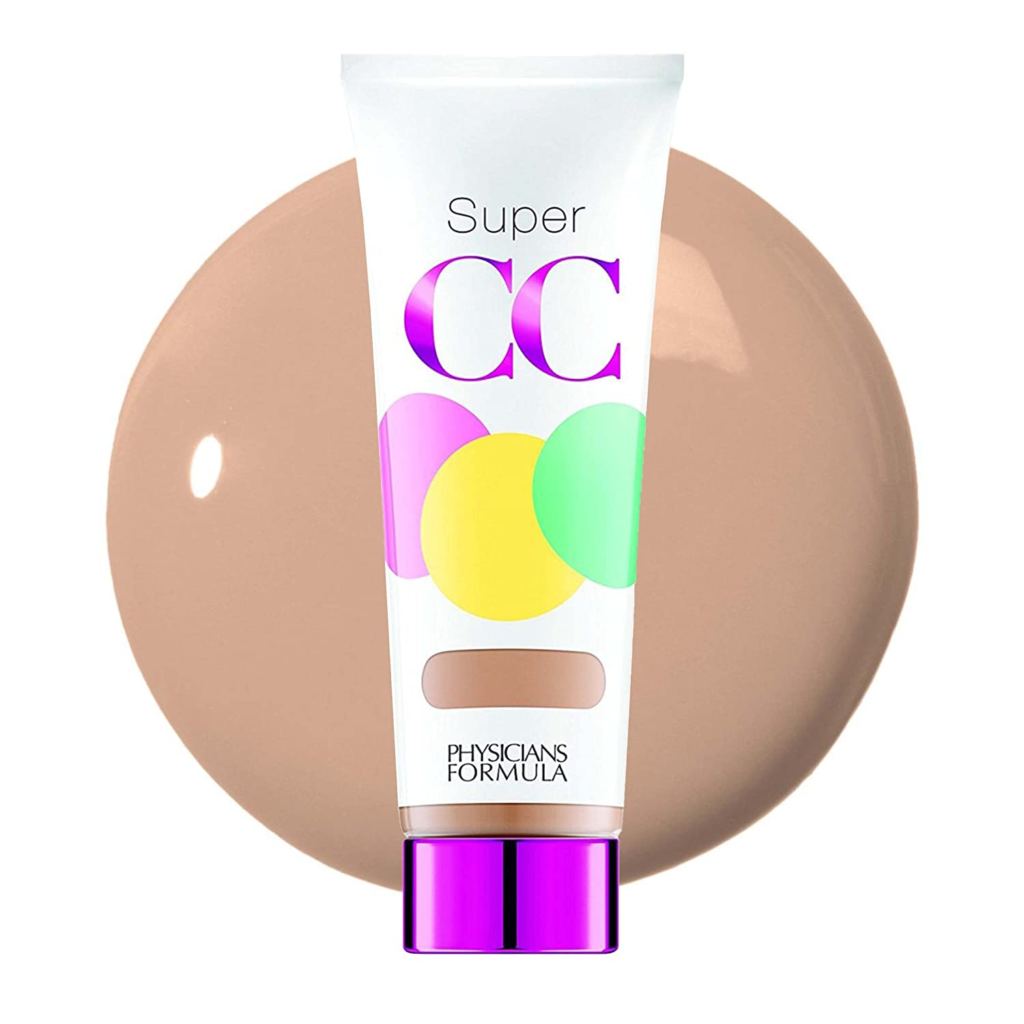
CC creams typically have a lightweight formula, sometimes even containing SPF for added sun protection. They serve as an all-in-one makeup product, simplifying your beauty routine.
When to Use a CC Cream?
If you have minor skin redness or hyperpigmentation and prefer a natural, everyday makeup look, a CC cream might be the perfect choice for you. Its lightweight formula, coupled with its skincare benefits, make it an excellent option for minimal makeup looks. However, it’s important to note that if you require full coverage or need to conceal blemishes or scars, a CC cream might not provide the desired results. In such cases, opting for a full coverage foundation is a better option.
Finding the Perfect CC Cream
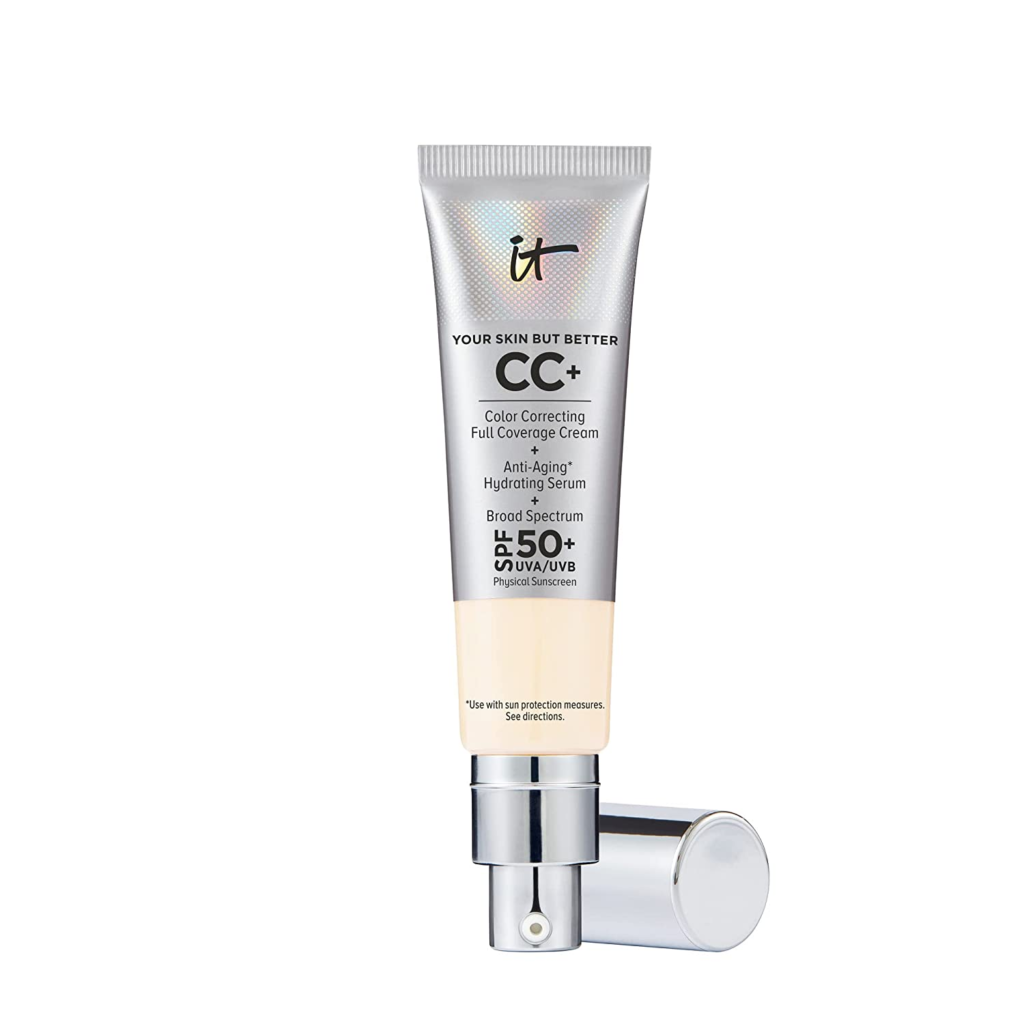
CC creams come in a wide range of variations. Some offer increased hydration, while others provide a matte finish. Selecting the best CC cream for your needs depends on your specific skin type. If you have dry skin, opt for a hydrating formula that will keep your skin moisturized throughout the day. Conversely, if you have oily skin, a matte finish CC cream will help control shine and maintain a fresh look. Remember to test the product on your jawline to ensure the shade matches your skin tone.
Applying a CC Cream: Step-by-Step Guide
Applying a CC cream is a simple process. Start with clean skin and use your fingertips to apply a small amount of product. Begin by dotting it on the areas where you require more coverage, then use a clean foundation brush or makeup sponge to blend everything seamlessly. Remember to blend from the center of your face outward, towards your hairline. If you have oily skin, consider setting the CC cream with a loose or pressed setting powder for long-lasting results.
Can CC Cream Be Used as a Primer?
Yes, CC creams can double as color-correcting primers. They effectively reduce redness and hyperpigmentation while evening out your skin tone. CC creams have a slightly thicker formula compared to regular primers, so make sure to use a small amount and blend it seamlessly into your skin. For optimal results, allow the CC cream to set for a few minutes before applying your foundation. This combination can provide increased coverage for a flawless complexion.
Should You Use a Primer Before CC Cream?
Determining whether to use a primer before applying CC cream depends on your individual skin needs. In general, a CC cream does not require a primer. If your CC cream lasts well throughout the day without any issues, skipping the primer is a viable option. However, if you have concerns like large pores, using a smoothing primer can help prevent makeup from settling into them. Similarly, if you have oily skin, using a mattifying primer beneath your CC cream can control shine and ensure long-lasting wear.
Should You Wear Moisturizer Under a CC Cream?
Many CC creams already contain hydrating properties and moisturizing ingredients. The need for an additional moisturizer under your CC cream depends on your skin type. If you have dry skin, it’s advisable to apply a moisturizer first to lock in hydration before applying your CC cream. However, if you have oily skin, you can skip the moisturizer altogether.
Conclusion: Primer or CC Cream?
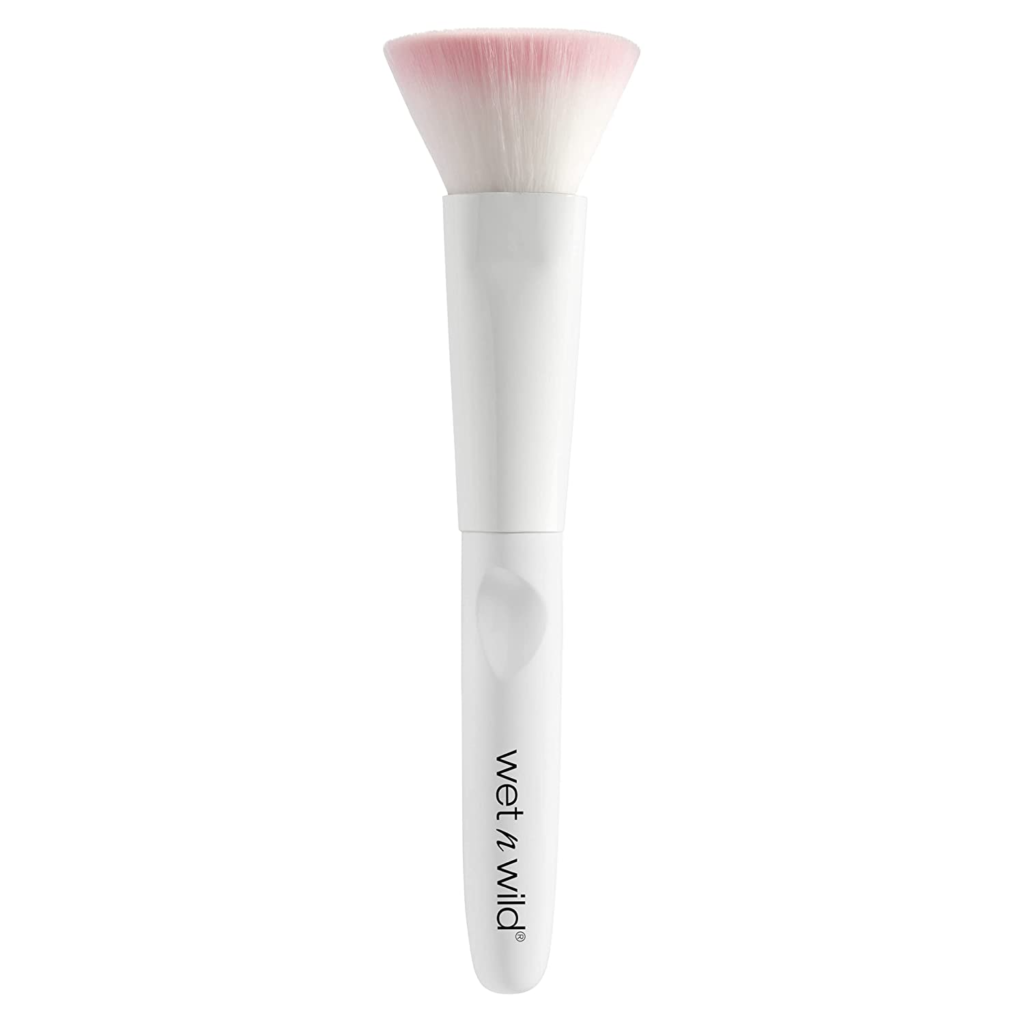
In my final words, Primers and CC creams have distinct purposes, and your choice should align with your specific requirements. If you prefer a lightweight product that provides skincare benefits while reducing redness, CC creams are ideal for you. On the other hand, if you have concerns like large pores or oily skin and desire a smooth complexion, primers might be the better option. In fact, using both a mattifying primer and CC cream can work wonders for individuals with oily skin, providing excellent control over shine and acting as a reliable base for makeup application. Additionally, certain CC creams can double as color-correcting primers, offering enhanced coverage when used under foundation.

